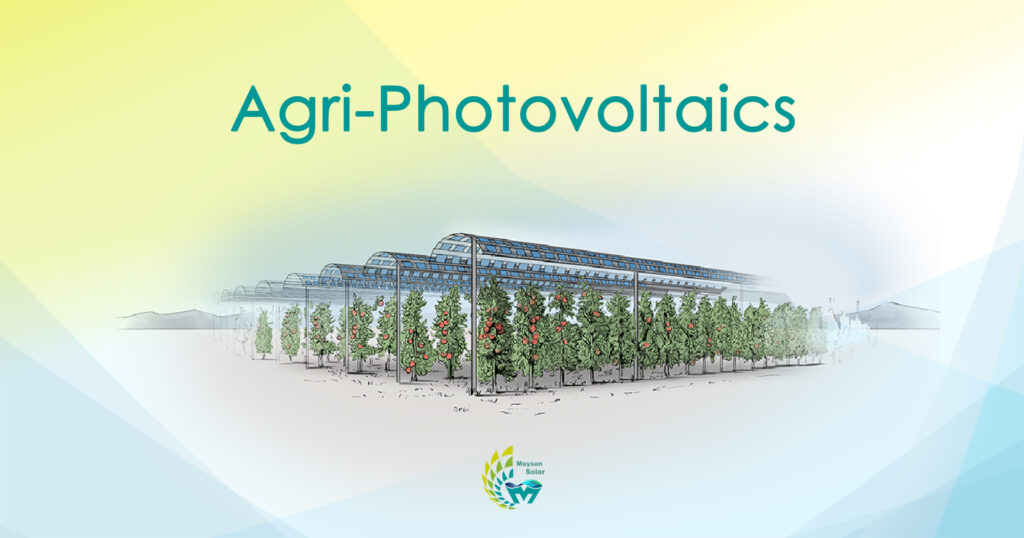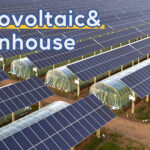Photovoltaic systems for agriculture are the new energy frontier, and they offer a variety of advantages and incentives. Given their relevance and sustainability, it is useful to know what is involved in agricultural shed PV. The choice of PV on agricultural sheds has several benefits. Firstly, it will contribute to ecological sustainability by reducing CO2 emissions and reducing pollution. Secondly, it will also reduce energy costs and the excess energy can be sold to the national grid.
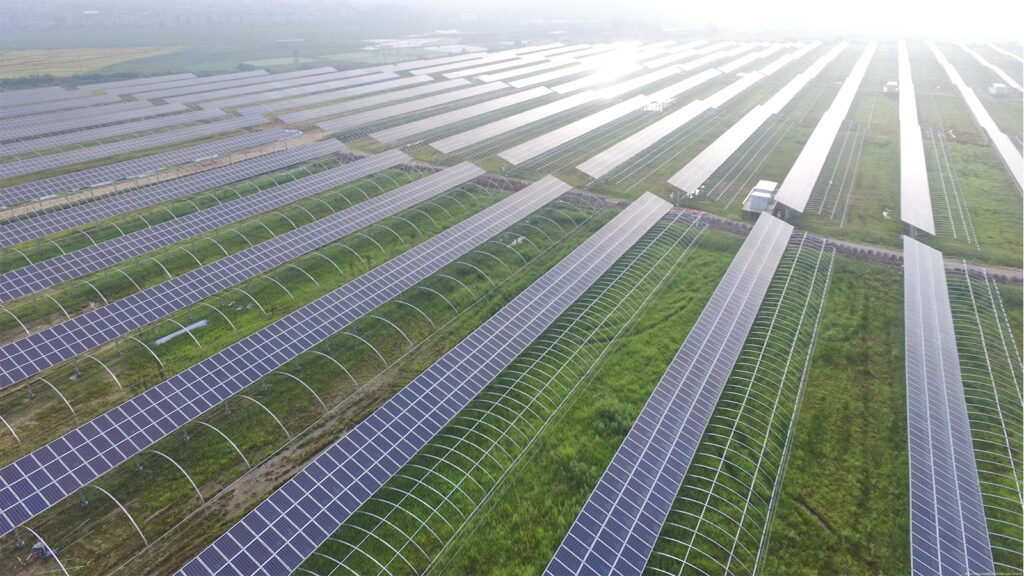
How can photovoltaics be installed on farms?
In addition to the roof of a shed, it can be installed on the roofs of barns, granaries, other buildings, land or greenhouses. Greenhouses are part of the agricultural photovoltaic sector, represented by photovoltaic greenhouses whose roofs are replaced by opaque or transparent solar panels.
A photovoltaic system on a farm, shed or other structure allows you to capture the sun’s rays and convert them into electricity, making full use of renewable energy. This allows the farm to meet its energy needs without disruption, and this energy can be used for heating, air conditioning or various production functions.
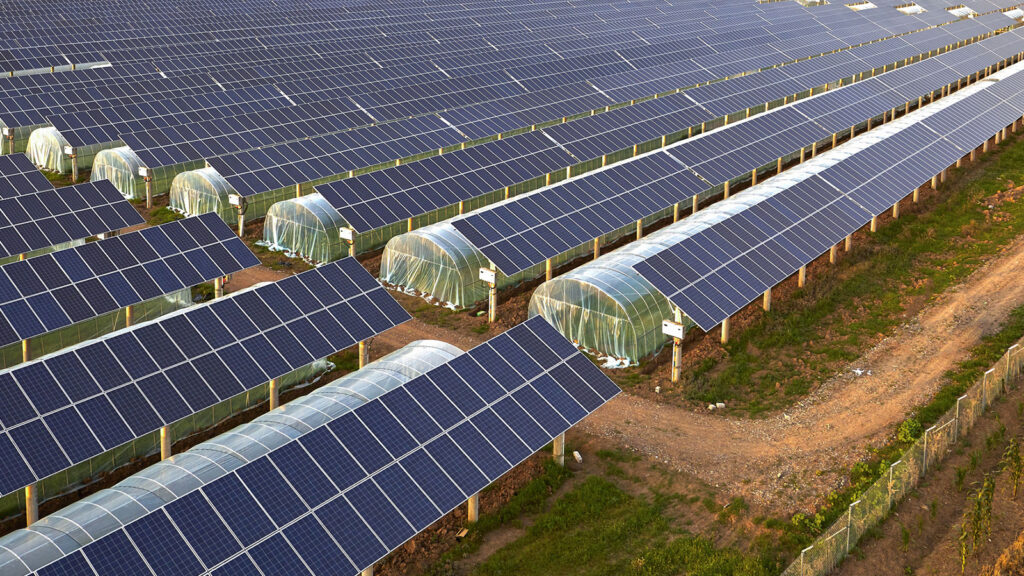
How many PV panels do I need for my farm
Agricultural PV systems can come in different sizes and powers, and the most appropriate choice depends on the company itself, for example on energy requirements.
The recommended minimum power is about 20kWp, below which it may not meet the needs of the farm. This option is ideal for farms with an average annual consumption of 26,000 kWp. A PV system of this type requires about 220 m2 of surface to mount the panels.
For larger companies with larger energy requirements, the reference average power is 50 kWp. For an average annual consumption of 65,000 kWp, this is the right choice. A PV system for this type of company requires a surface of approximately 550 m2.
The maximum recommended power is equivalent to 100 kWp. beyond that, power higher than 100 kWp may be excessive. For a farm consuming about 130,000 kWp per year, this is the right choice. For a PV system with this power, a surface of about 550 m2 is required.
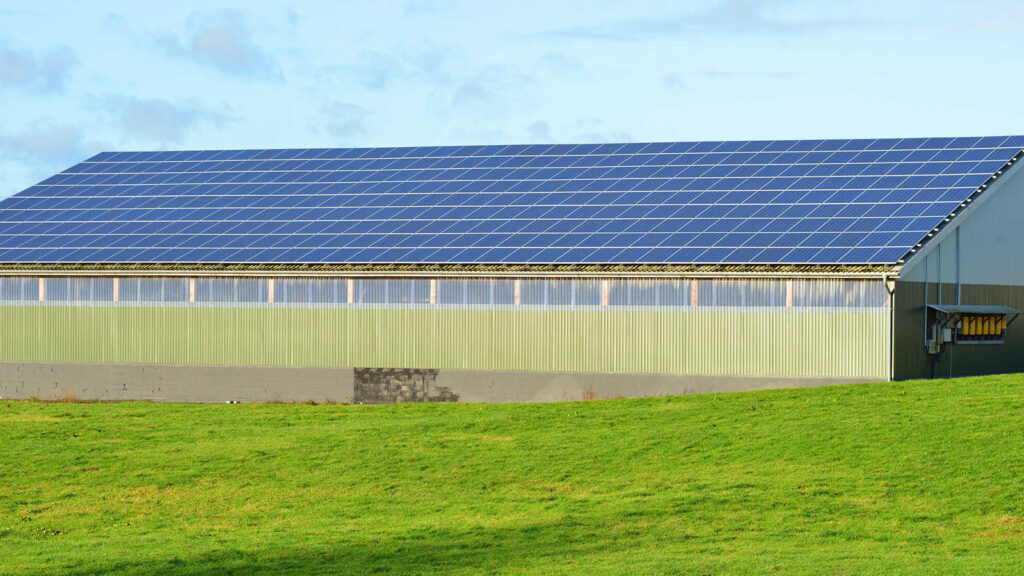
Policies related to agricultural PV
In the EU, in addition to the full implementation of the CEP (Clean Energy Package), especially the Renewable Energy Directive, there are several policy initiatives to encourage the development of agricultural PV in Europe.
However, in some European countries, such as Italy and France, current regulations prohibit the installation of ground-mounted PV systems in agricultural areas for reasons that include, in addition to potential environmental issues such as soil hardening, landscape and biodiversity degradation, stakeholder demands to maximize PV capacity and benefit from high subsidies, regardless of the light requirements of the crop.
French solar company TSE has developed an agricultural PV rotating roof that allows large agricultural machinery to drive underneath the panels. The system has a rotating canopy that can accommodate bifacial solar modules over 5.5 meters in height. The canopy is set on a four-post structural body with dimensions of 27 meters by 12 meters.
Italy has the relevant incentive called PNRR, specifically, 1.5 billion euros for the entire national territory, where the maximum eligible expenditure per beneficiary is equal to 250,000.00 euros (excluding VAT). Solar panels are only allowed to be installed on the roof of buildings used for agricultural/livestock/agro-industrial purposes, and therefore also not on the ground.
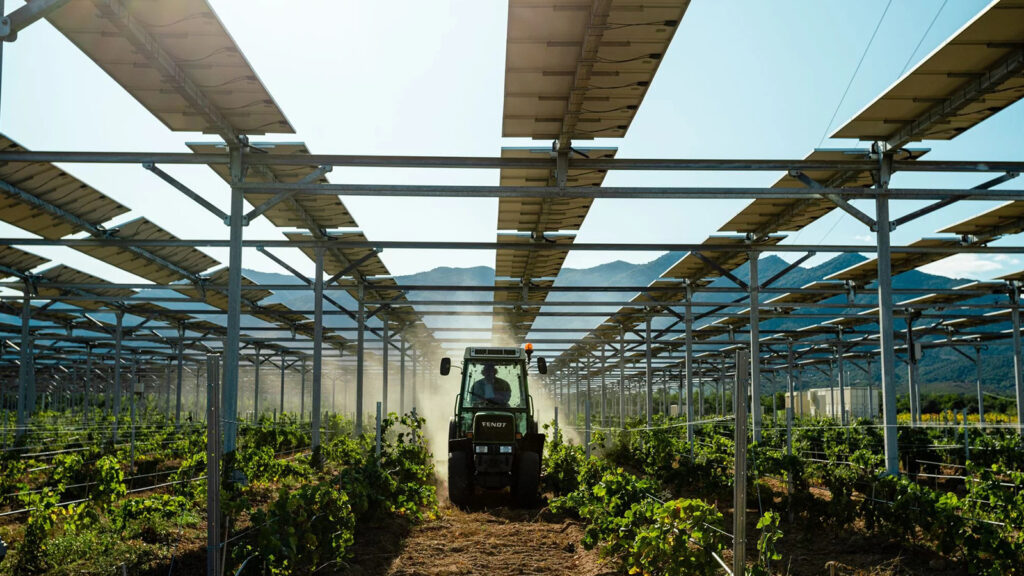
Maysun Solar, as a manufacturer of photovoltaic modules with 15 years of professional experience, can provide you with high quality solar panels. We have experience with large scale PV systems, check out our project examples.
You can also contact us for a product quote by clicking the button below.

